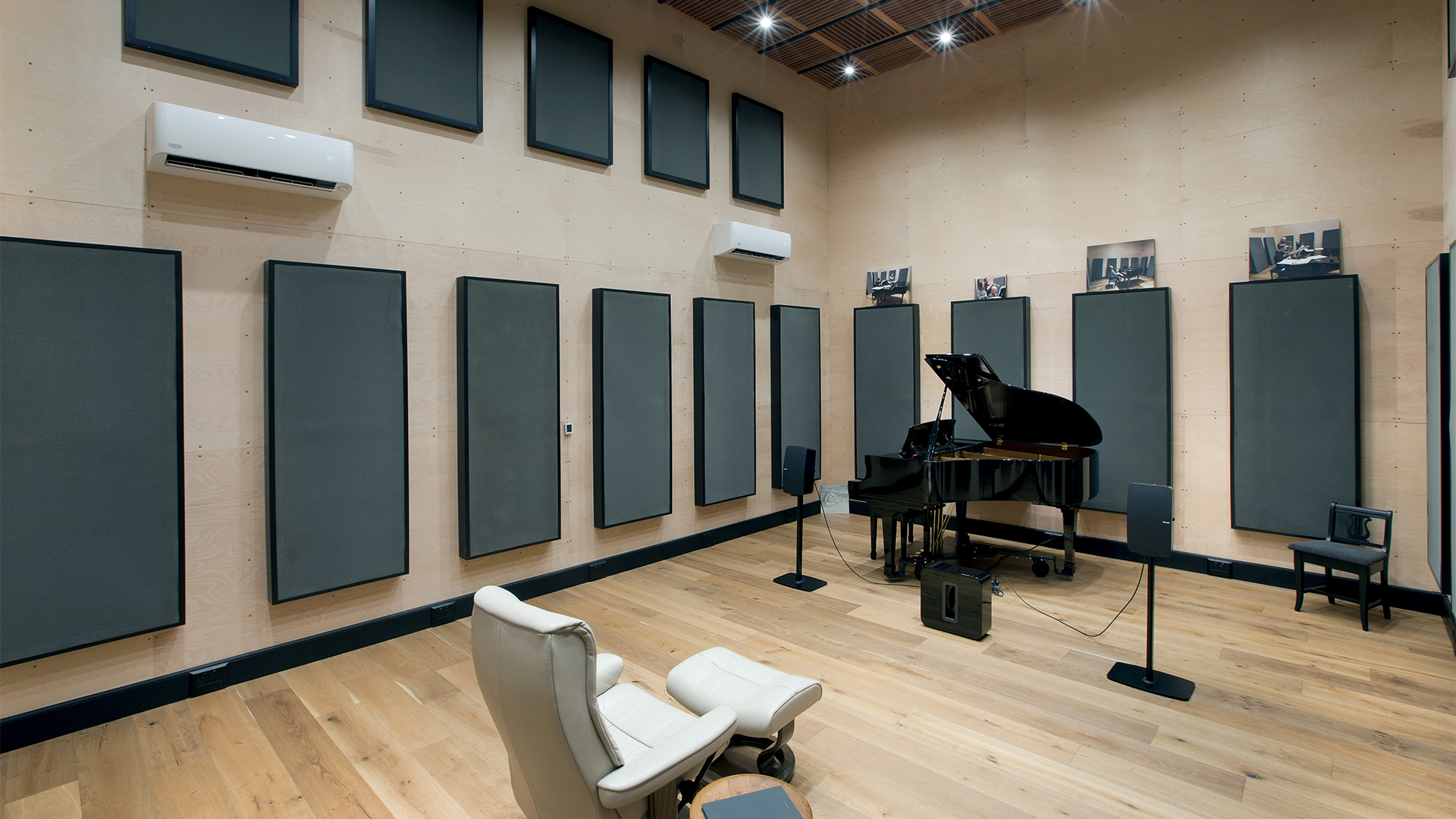
What is a sound baffle? Is it a sound absorption term? Does it deal with noise transmission? Let’s break these two words apart and look at each one individually in order to understand what they mean together. First, we are dealing with sound energy by definition. Is it sound within the room or are we dealing with unwanted sound coming into the room? What does the word baffle mean when it is used within the term sound baffle? Let’s look to the definition for an answer. https://en.wikipedia.org/wiki/Sound_baffle. The definition states that a sound baffle is designed to reduce noise transmission. According to the definition, we are using sound baffles to reduce the transmission of noise from a noise source to a receiver. A better term would be the word barrier. A barrier is a device or structure that you build between the source of the noise and the receiver of the noise. https://www.techopedia.com/definition/2025/noise

Noise transmission is all about vibrational acoustics. This is where most people get confused. We have two types of energy transmission that we must be aware of. We have airborne energy that travels through the air and then strikes a solid surface such as a wall or door. Once the airborne energy strikes the hard surface, it is converted to vibrational energy. Treating airborne energy versus vibrational energy requires two completely different approaches. Airborne energy is broken down into two main types. We have low frequency pressure waves along with middle and high frequency rays of energy. Low-frequency pressure waves are 30 – 40′ long and require a technology to absorb them that is based upon sound pressure. Middle and high frequency energy is composed of rays of energy which are middle and high frequencies. Middle and high frequency ray energy is shorter in length and smaller in strength. They require a technology that is based upon air flow across a material surface. https://www.acousticfields.com/product/acoustic-foam/

When you use the term sound baffles, you are focusing on noise transmission. Noise transmission is all about vibrational acoustics. When airborne energy strikes a solid surface, it becomes vibrational energy which must be managed according to the science of vibration. To manage vibration we must use a series of layers of materials that forces the vibration to work hard to travel through our barrier design. You can think of vibrational acoustics as the truck which loses its brakes in the mountains. The truck exits the road onto a ramp that is a 45 degree incline with sand or water at the end of the ramp. The ramp uses gravity to slow the brakeless car down before it reaches the end of the ramp to strike the water or sand barrier. The goal is to bleed the energy from the forward momentum of the truck so it will come to a safe stop without brakes. This is how we approach barrier design for noise. We create a series of obstacles that the vibration must travel through to reduce its strength.

Barriers are a permanent construction build. There is no wall hanging panel that will stop noise transmission. Noise is like water. It will find the weakest link in the structure and go through that area. Think of barrier technology as if you are building a boat that you will place within the ocean. The boat or barrier wall must be strong to handle the pressure of wave energy slapping against the boat. It must also not leak. Any gap or hole in the structure will allow the “water” or noise to enter through the “boat” walls. With noise barriers we must always measure the frequency and amplitude or amount of the noise before we design any barrier type. Noise that is below 125 hz. is much different than noise above 125 hz. Because of the different treatment requirements for these two frequency and amplitude ranges, noise measurements are a must.

At Acoustic Fields, we have a noise measurement process. We have apps for your phone that we send you. You download the apps and then take noise measurements with your phone. You will take measurements over a week time period so we can develop a noise map that shows the noise frequencies and amplitudes for each day of the week. Some days may be noisier than others. We need to know the day and time of the largest and lowest amount of noise energy that we are dealing with. We must design for the maximum pressure issues faced during the week of noise. We must design the barrier to stop the most noise on the loudest day. With this approach, the lower level days will be addressed along with the loudest times. Once you have the data measured you enter it into our online form and send it to us. We will then analyse your noise numbers and send you the barrier drawing of what you will need to build to reduce the noise issue not using a sound baffle but a barrier that is designed based upon your noise numbers. It will be 100% fixed and 100% right. https://www.acousticfields.com/sound-barrier-technology/







